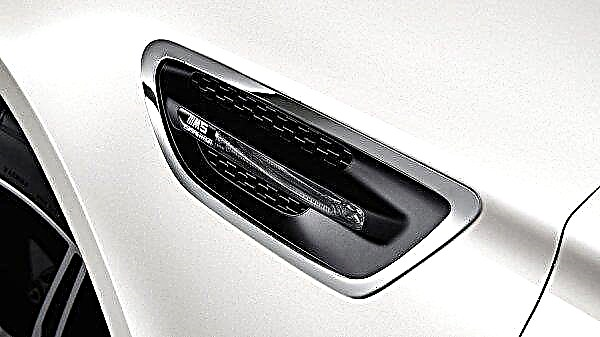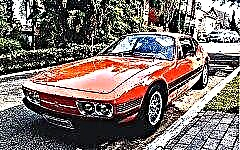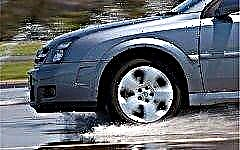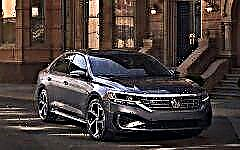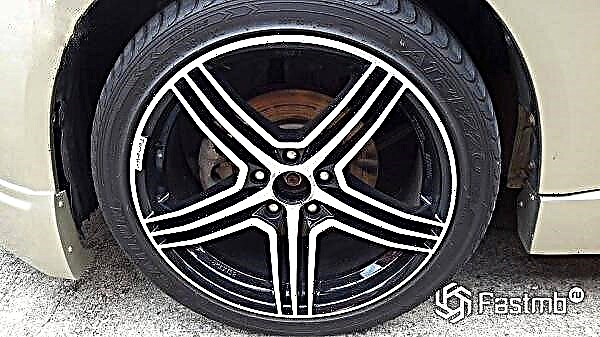Find out how best to choose summer tires, what are the advantages of different types of treads, their pros and cons. Find out how best to choose summer tires, what are the advantages of different types of treads, their pros and cons.

With the end of winter, warmth comes, which means it's time to replace winter tires with summer ones. If you have not had a car for the first time, then it will not be difficult to go and pick up the same ones as you had before, but if for the first time you have to, then you need to select the parameters.
Characteristics for the selection of summer tires
Always the first thing to pay attention to is the rubber tread. Unlike winter tires, summer tires have a softer tread and are designed not for snow removal and rutting, but for better grip and good drainage. Noise, directional stability, ride comfort, durability, cornering stability and speed will depend on the tread. Summer tires are tougher, as they will get hot in the sun and driving on the road. Studded rubber for summer does not exist, there is simply no such need.
When choosing, it is worth adhering to the recommended parameters of the manufacturer's plant, since not observing them will increase fuel consumption and handling on the road. For the summer season, it is better to choose wide tires, they will better keep the car on the road and give more traction to the surface than narrow ones.
Summer tire tread types
Summer tires do not differ from winter tires with a special variety of tread, but there is a significant difference in the composition of the rubber. From the treads, rubber is recognized as symmetrical, it is also classic, then asymmetric and directional.

1. The classic look of a summer tire tread or in other words, symmetrical is considered the most common and affordable. Almost all cars from the factory are equipped with tires with this tread pattern. Still, the car's handling is poor, especially on wet roads. These summer tires are intended mainly for city and compact cars, short-distance driving. Mostly bought by those looking for optimal quality at a reasonable price. As for the installation, they are considered the most convenient, since there is no inside, outside or direction of the wheel torque. The cost of such a single tire is on average from 1,600 rubles, it will depend on the brand of the manufacturer and the quality of the rubber.

2. Directional tread for summer tires (expert advice) is most often put on foreign cars, it is not advised to put on cars without ABS, as the braking distance increases. On the plus side, this is an increase in vehicle handling, good drainage and stabilization of the vehicle in rainy weather. Tires with such a tread should be set only in the direction of the wheel torque. On the other hand, the disadvantages are that you cannot swap the tires in front or behind without rearranging the wheels. This also means that it will not be possible to put a tire of this type on the spare wheel, because you do not know whether you will punch the left or right side. Most of the tires are produced for foreign cars, so the price starts from 5000 rubles. In the course of various experiments on wet asphalt, they have shown the best results in vehicle handling, fuel economy and durability.
If you decide to throw a tire with a directional pattern on the spare wheel, then it is better to put it on the right side of the wheel, according to statistics, this side is most prone to punctures, since it is always located to the curb where dirt and small metal parts accumulate, if you live in a country where right-hand traffic.

3. The last type of tread for summer tires is asymmetric. This type of tire has both inner and outer sides. It must be installed strictly observing the direction and correspondence of the inner and outer sides. The inner side is designed in such a way as to quickly drain water and reduce the risk of aquaplaning, which is often the case at high speed when the car hits the water. The outer part provides a rigid pattern, which provides maneuverability and stability when cornering. The price starts somewhere from 1800 rubles per tire.
Summer rubber profile

Among fans of fast driving, tires with a low profile are very popular, they increase handling on the road, they enter a turn at high speed and almost do not get warm, but there are also disadvantages. The roads in our country are not of the best quality and getting into a hole on such rubber at a speed will definitely damage the disc. In most cases, they are used for sports driving on a flat road.
Warm weather factors
Each type of rubber is designed for certain weather conditions, winter tires are not designed for hot asphalt or hard off-road conditions, in proportion to the contrary, and summer tires are not designed for long frosts. In such cases, the rubber loses its properties and wears out ten times faster.
Summer rubber contains special components (artificial and natural rubbers, carbon black, sulfur and oils - the manufacturers keep the ratio of the components secret), which will withstand the load at high temperatures, since tires tend to heat up when driving in warm weather. Do not forget to look at the tread depth, it is this indicator that will indicate how quickly the tires wear out. It is better to change the shoes of such tires at a service station, at home only damage the disc, and tires of this type are not easy to remove at home.
Experimental dependence of the tire temperature on the rolling time of a wheel on a drum at a constant speed of 160 km / h, a load of 600 kgf, an air pressure of 1.7 kgf / m2 and an ambient temperature of 38 ° C: 135 ° C is the temperature of the tread in the shoulder area of the tire; 120 ° С - air temperature in the chamber. At 60 km / h, tire temperatures average 70 ° C during hot summer weather.
[media = https: //youtu.be/zjGoPstwFuE]




